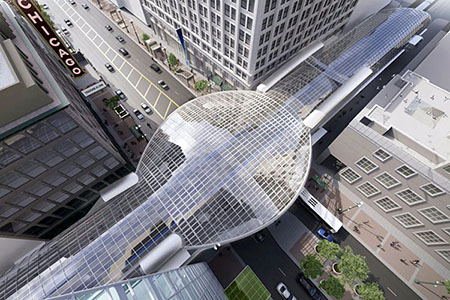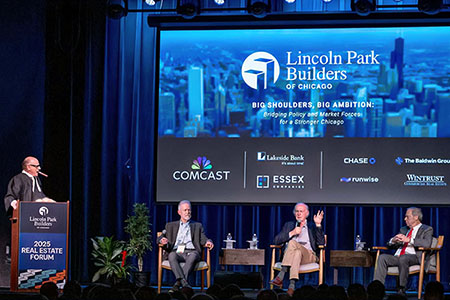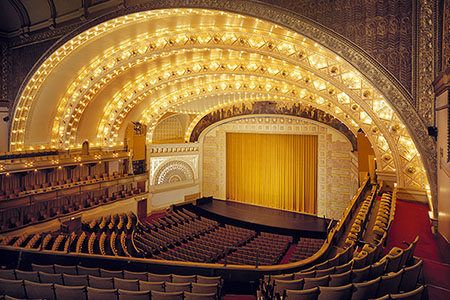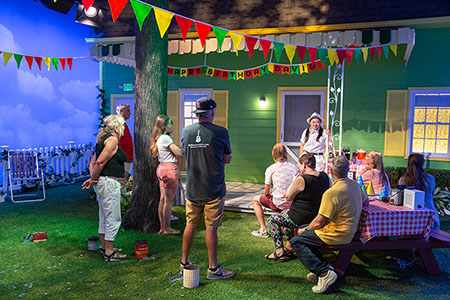Cabrini-Green today: Marina City resident studies notorious housing project ‘Work-live-play mix’ needed to create a sense of neighborhood Dec. 21, 2009 – From the Chicago Sun-Times building, the Cabrini-Green neighborhood is about 14 blocks north – but in a world far removed from the upscale neighborhoods of Chicago’s Near North Side. Considered one of the most notorious housing projects in the U.S., Cabrini-Green was too intriguing to pass up for Iker Gil, an architect interested in public housing who lives at Marina City. Gil explored the neighborhood for the winter issue of MAS Context, his quarterly journal on urban issues, which was published on Monday. Gil says Cabrini-Green caught his attention with its “prominent location, history and stories, whether real or mere urban legend.” Wanting to see what life was like there, beyond the stories of gangs, violence, and drugs, Gil photographed Cabrini-Green over the summer, guided by James Lockhart, a former Cabrini-Green resident. “Without denying those issues, James shared stories of community, friendship, education, and respect. Part of the neighborhood has already been demolished to develop a new, mixed-income housing area [with an] undetermined future due to lack of funding. New buildings replacing the old ones will not create a sense of neighborhood.” Once housing 15,000 people, there are now closer to 5,000 living in the Cabrini-Green neighborhood. Since the mid-1990s, the area has been gradually redeveloped, with most of the high-rise buildings demolished and new, mixed-income housing constructed in 2006.
Gil says he has had mixed feelings about Cabrini-Green, and meeting Lockhart didn’t change that. “I was just really glad to meet James, and have the opportunity to hear directly from him what it was [like] to grow up there,” he told Marina City Online. “He shared a lot of sad moments but also good moments. He really wanted to share a more positive vision of Cabrini and say that with proper support and education, you can achieve anything, and he is a proof of that.” The problems of the community, believes Gil, could have been eased with proper maintenance of the buildings and grounds, along with social programs and strong educational institutions in the area. “With so many people suffering [from] social and economical issues all concentrated in a relatively small area, it doesn’t take too long for things to get complicated.” Gil is concerned that if only residential buildings are constructed in the neighborhood, “it will be another dead area of the city, with no work-live-play mix. You need more than new buildings to create a sense of neighborhood.” An adjunct professor at University of Illinois at Chicago, Gil is also director of MAS Studio, an architecture and urban design firm. He was the curator of an exhibition last year by the Chicago Architecture Foundation on urban growth in China.
|





 Read the current issue of
Read the current issue of 








